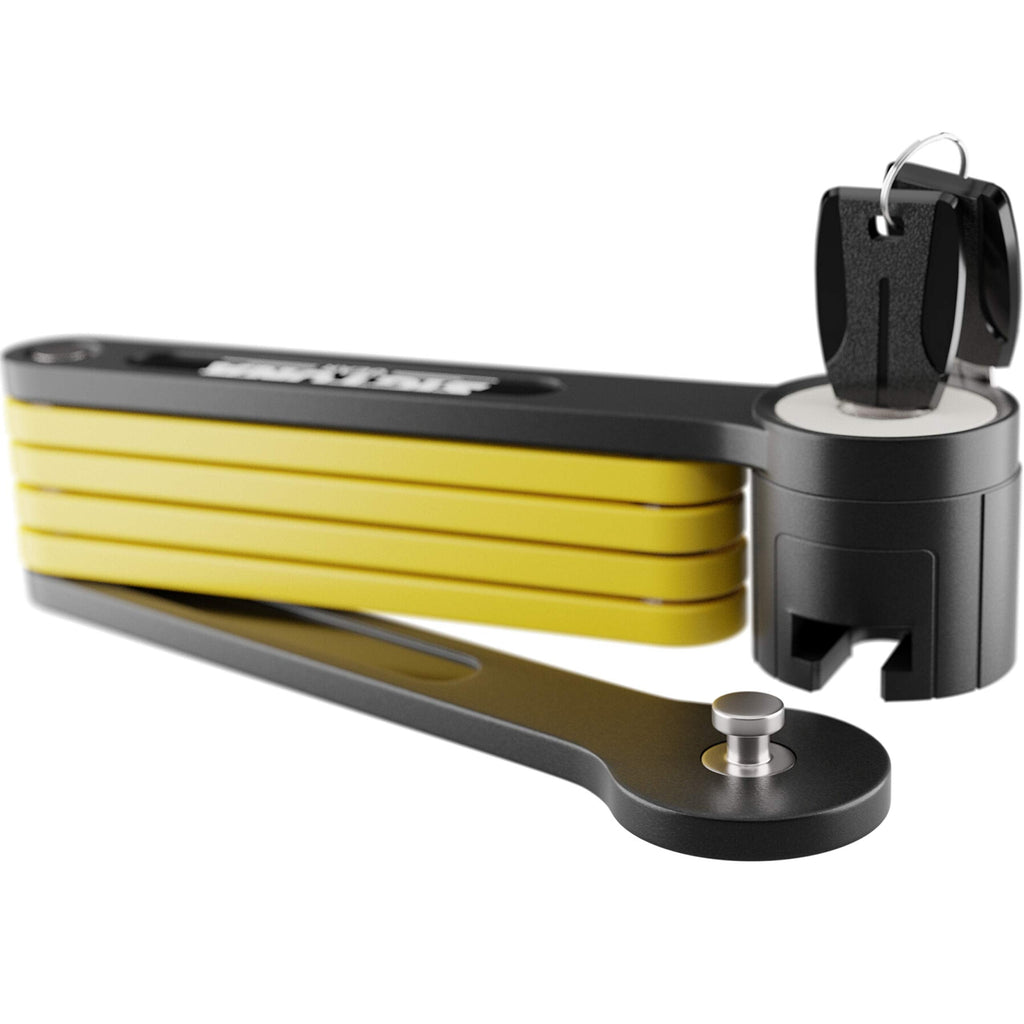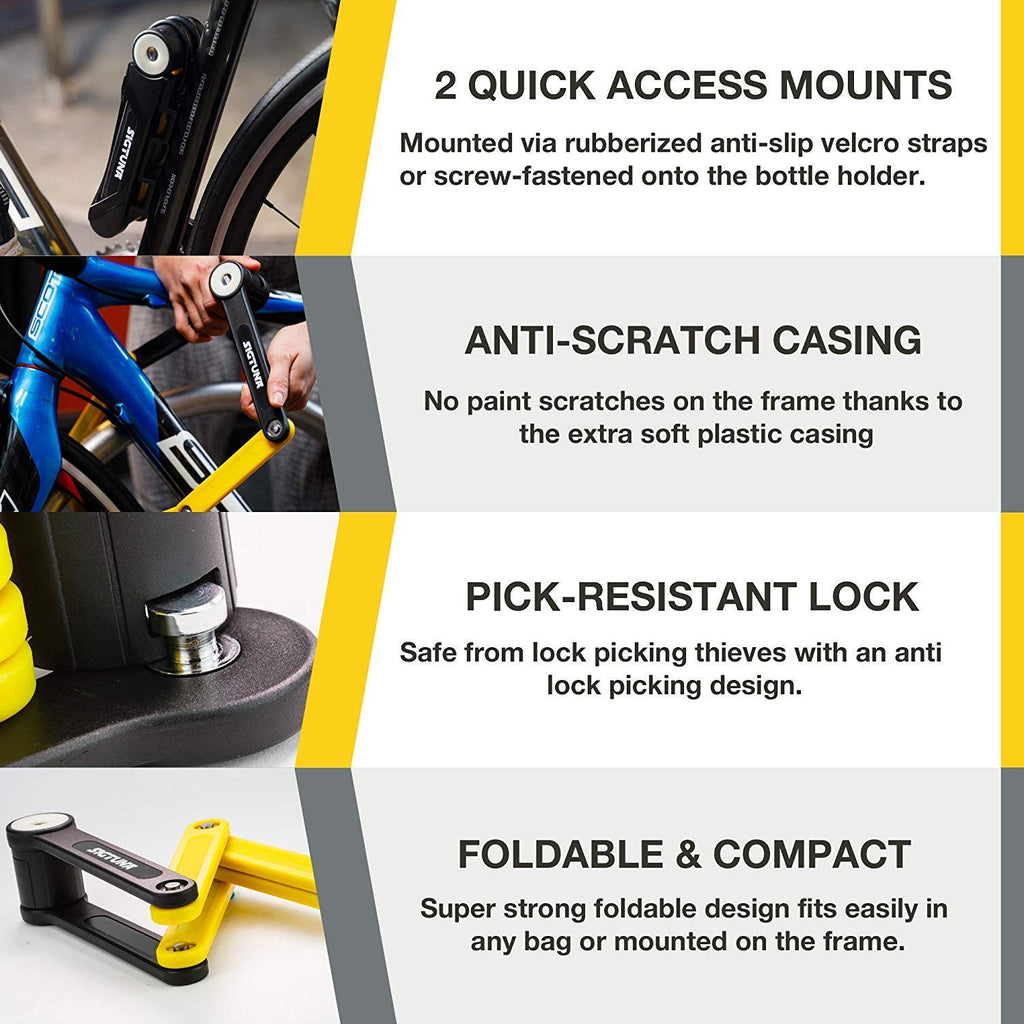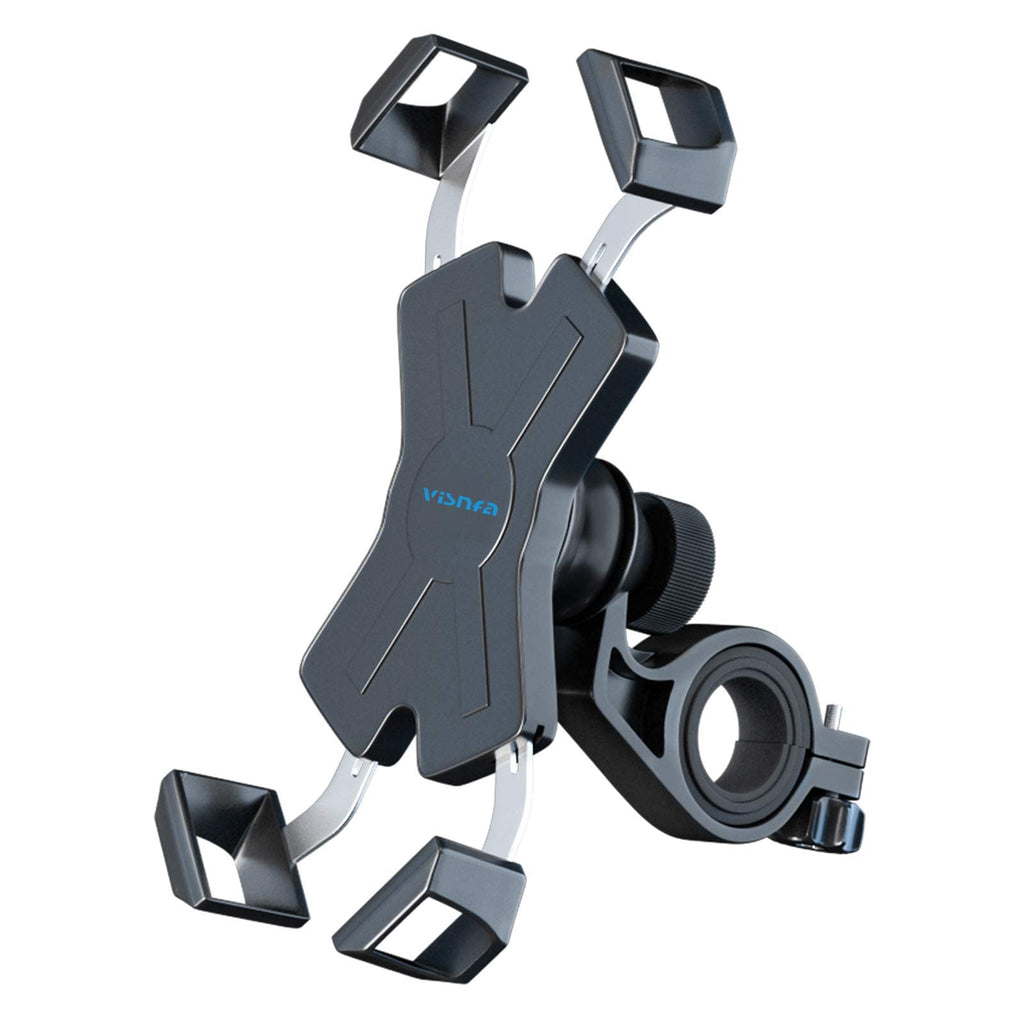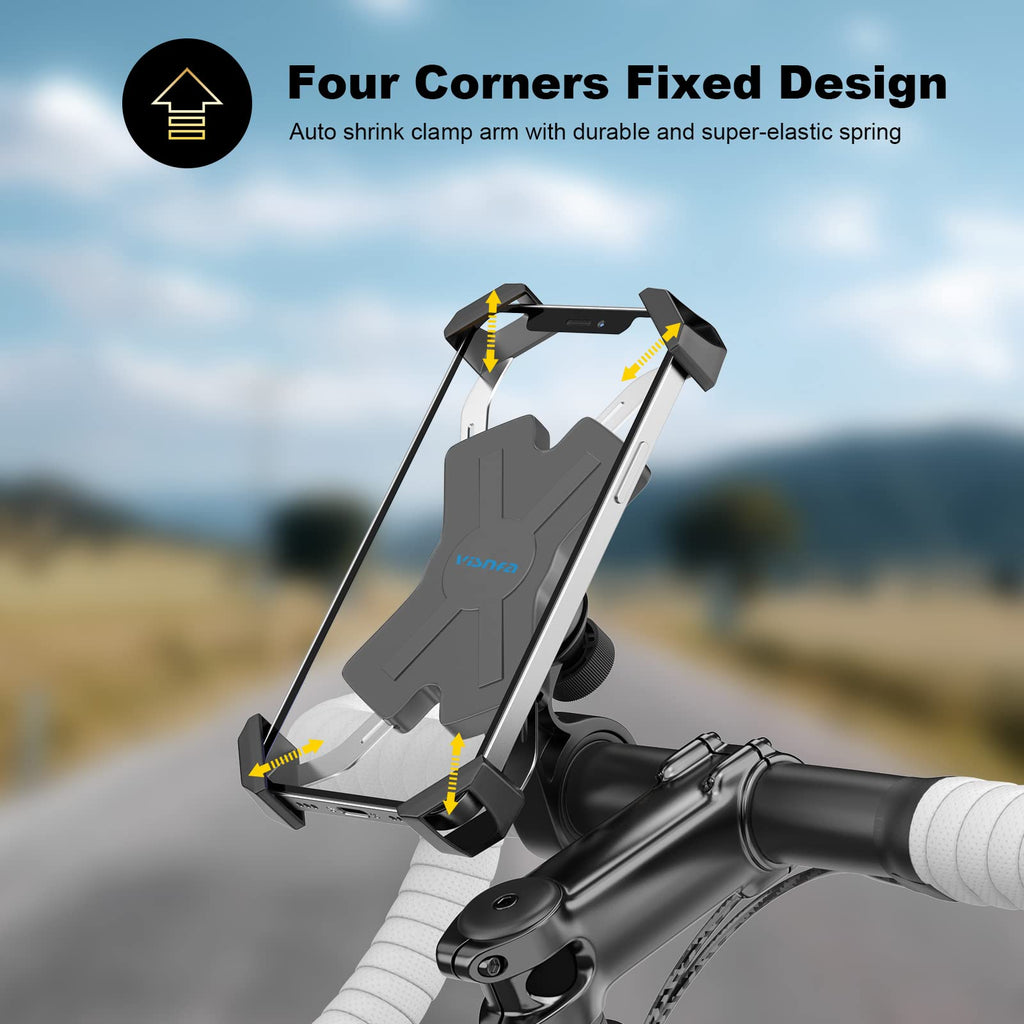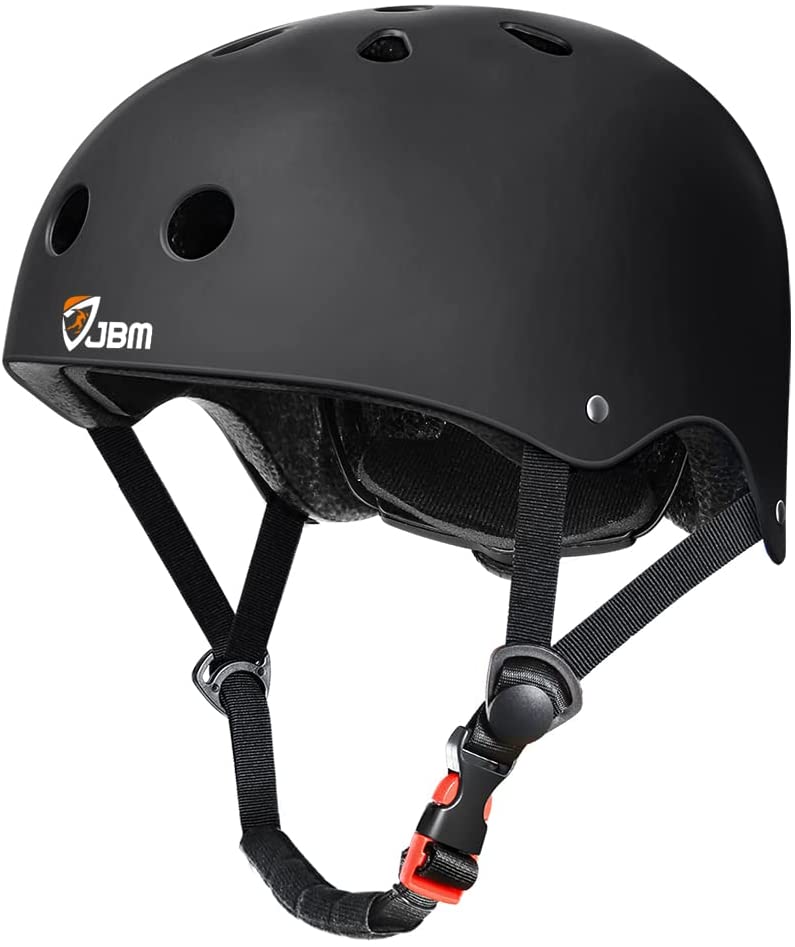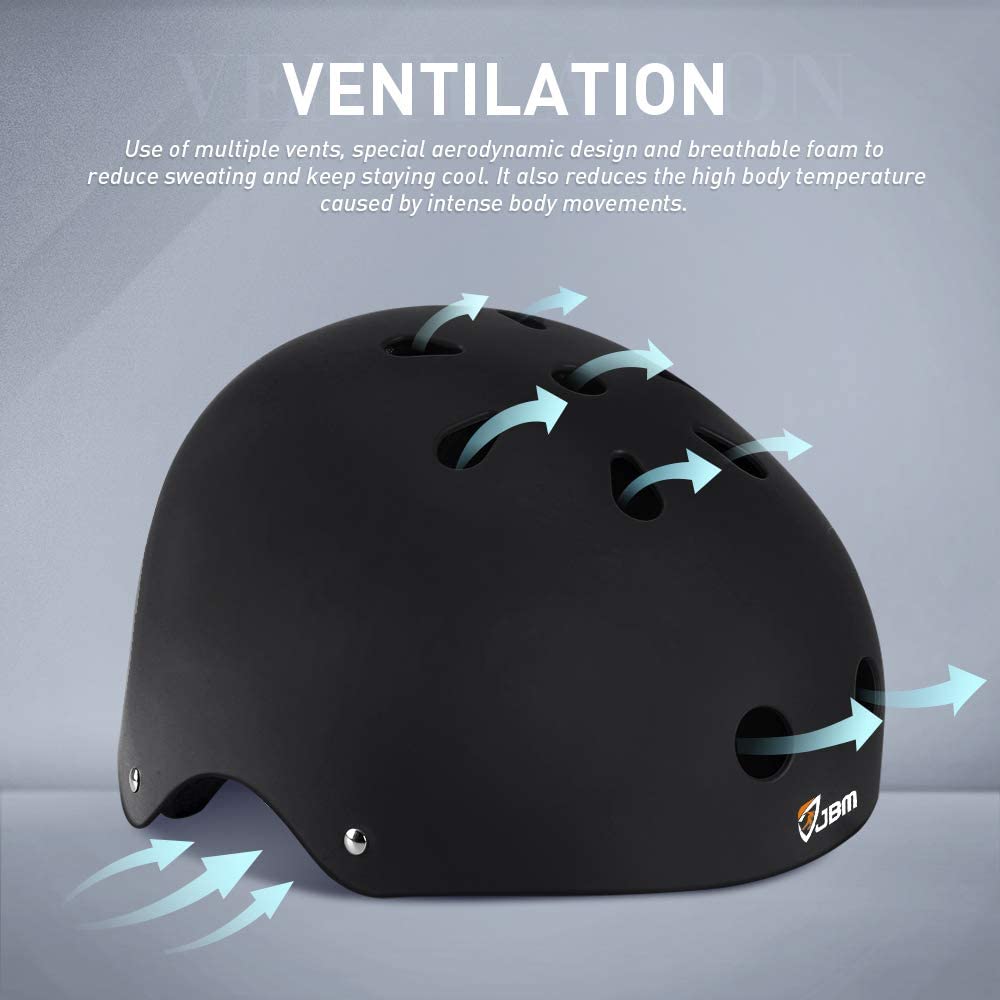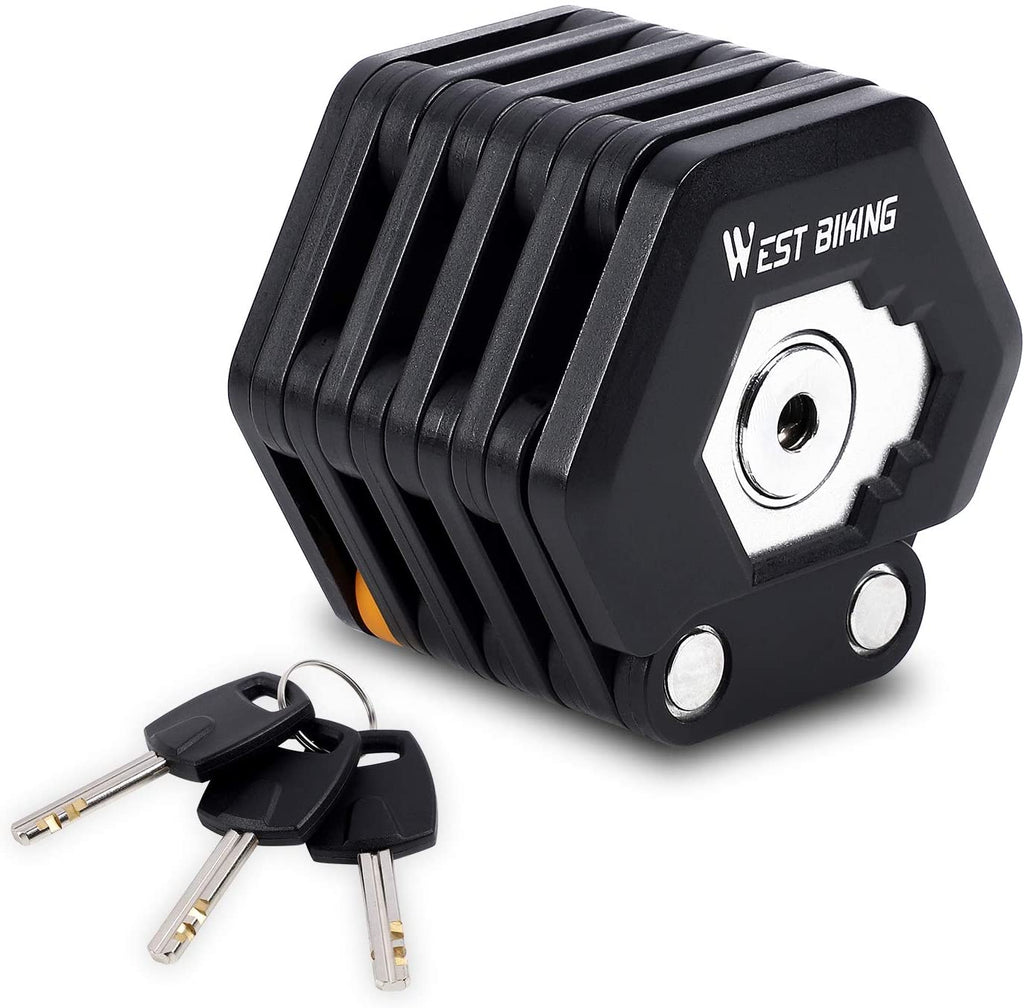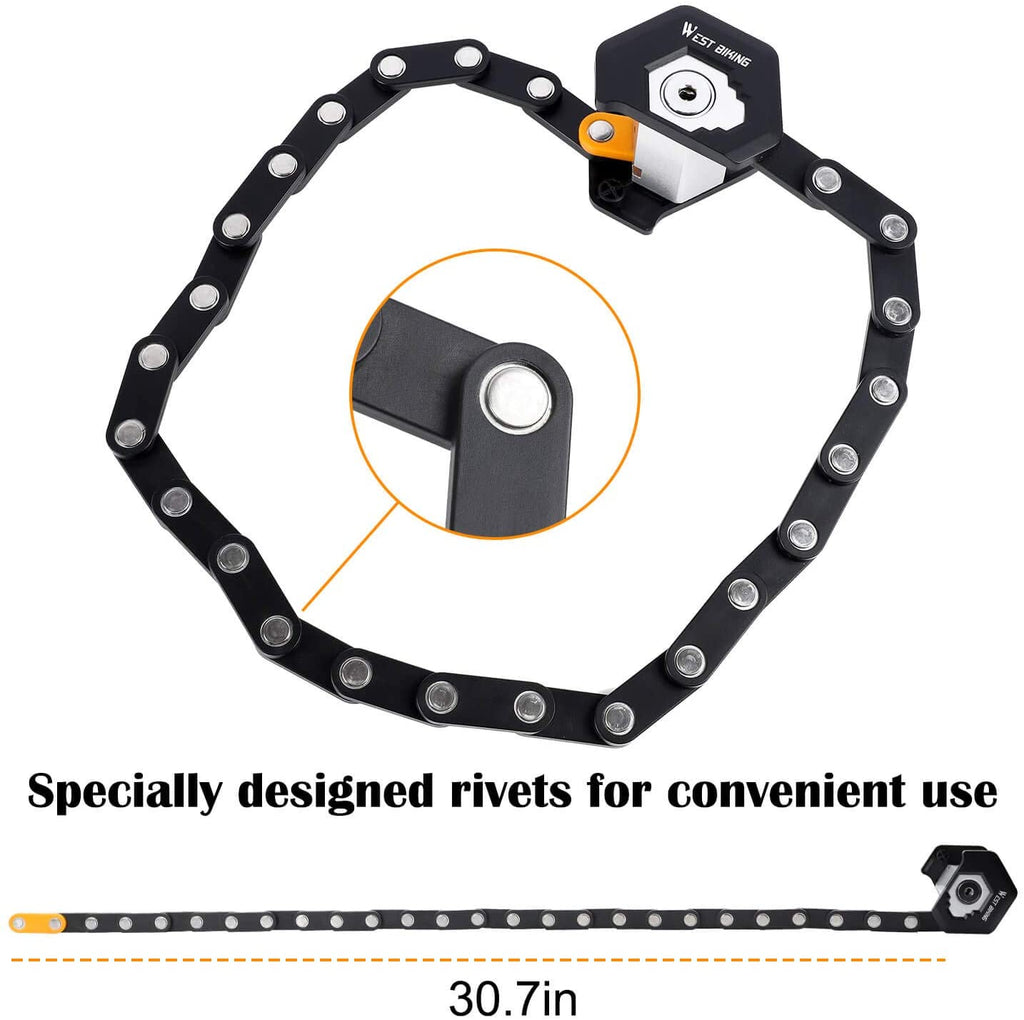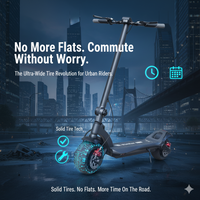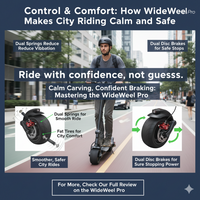ZERO 10X Power & Hills: Real-World Climb, Acceleration & Mode Choices
Buying Zero 10X, a 40 mph is actually to fulfill the thrust of adventures. Are you curious to know the full-length specifications and long-form review? Explore and read our pillar page: Zero 10X Electric Scooter Review - Speed, Range, and Power.
ZERO 10X Hill Power: Dual 1000W on Real Grades: What Riders Actually Expect
When you are on hills, what do you actually feel?
As you start steeping on hills, three forces try to drain your energy: very low torque, battery voltage sag, and slipping tires. But with Zero 10X, containing a dual 1000W hub that is 2000W nominal and 3200-3600W peak on a healthy setup, you start with much bigger torque. Consequently, Zero 10X delivers 20-40% more speed on an 8-15% grade than a comparable single-motor mode. Yes, this is obvious on longer routes, your battery gets heated, but it does not mean it is giving up.

Why dual motors feel so different
- Two driven wheels share the load. If the rear skips over paint or gravel, the front can keep pulling.
- Bars stay straighter on mixed surfaces, so you spend less energy correcting and more energy… climbing.
Grade vs. rider weight that is conservative sustained targets
Assumes: healthy battery, correct tire pressure, Dual + TURBO, smooth throttle.
Sustain = roughly a city-block hold, not a short ramp burst.
| Rider weight | ~10 mph (16 km/h) | ~15 mph (24 km/h) |
|---|---|---|
| 64 kg (140 lb) | 18–22% | 12–16% |
| 75 kg (165 lb) | 16–20% | 10–14% |
| 91 kg (200 lb) | 14–18% | 9–12% |
| 104 kg (230 lb) | 12–16% | 8–11% |
| 120 kg (265 lb) | 10–14% | 7–9% |
| 136 kg (300 lb) | 8–12% | 6–8% |
Single vs Dual on climbs, what actually changes
- Dual TURBO: maximum current = 20–40% better hill speed retention.
- Single ECO: energy saver = often more than 25% slower on more than 8–10% grades It means the heavier you are, the more you’ll observe.
Setup tips that genuinely move the needle
- Tire pressure if 10×3″ pneumatics: It helps in running mid-range PSI for your weight.
- Too low = soft tires, extra drag, it means 5–10% less hill speed.
- Too high = harsher ride, smaller contact patch, it means less grip.
- Stance: Slide 5–10 cm forward on steep grades to keep the front motor loaded; keep knees springy to maintain contact over chatter.
- Thermals: On multi-minute hills, pulse the throttle for 3–5 s strong / 1–2 s easy to keep temps happy.
- Descents: Brake early and often, allowing it to stop from 40 to 0 mph makes 2.5× the heat of 25 to 0. Modulate before the switchbacks.
ZERO 10X Acceleration: Safe, Straight, Predictable
Why quick acceleration matters when the road tilts.
The wobbly zone is 5–10 mph. A faster 0 to 15 mph means you spend less time there, it means safer launches on cambered streets, cleaner merges on uphill intersections, and fewer stall-then-swerve moments.
TURBO vs ECO, how they feel in your hands
- TURBO + Dual: Both hubs get full love, meaning the shortest 0 to 15 and 0 to 25, it is perfect for steep starts and uphill gaps.
- ECO + Single: smoother, calmer ramp; often 2–3× more range in mixed riding; great on wet or dusty pavement to tame spin.
Traction basics: why air tires win
- Pneumatics deform under load, enlarging the contact patch when you need it most, under torque.
- Solid/honeycomb tires feel tough but tend to shrink the patch and absorb shocks, so expect a few % less grip and comfort on climbs versus air.
Launch technique is a repeatable & confidence-building
- Mode: When there is steep/dry, if Dual; slick, start ECO, then switch to Dual once rolling.
- Body: Make chest slightly forward, elbows soft, hips low. Micro-dip the suspension, roll to 70–80% throttle, then go full once it hooks.
- Eyes: Look for 3–5 seconds up the hill; steer lightly with the bars, not your shoulders.
Safety reminders you’ll thank yourself for
- Full-face or at least EN-rated helmet, gloves, knees, and lights on day & night for crest visibility.
- Unknown grade? Probe at 8 mph before sending it.
- Keep a brake finger staged; on long descents, schedule cool-offs.
Single vs Dual-Motor on ZERO 10X: When to Use Each
1) Energy use, be realistic
- Dual-motors draw more current. Most riders see 30–50% higher Wh/km vs single at the same speeds.
- Is it your range-conscious day? Ride Single/ECO, cap cruise around 25 mph, and ease into the throttle.
2) Traction: two driven wheels, Calmer bars
- Dual lowers spin on painted lines and chatter bumps. The payoff you feel is straighter bars and cleaner uphill exits from a stop.
3) Climb use cases
- Choose Dual/TURBO if: grade is more than 8–10%, if rider is more than 91 kg (200 lb), stop-and-go hills, short steep ramps mean garages, bridge, or tough headwinds.
- Choose Single/ECO if: rolling less than 6–8%, long commute, or hot days when you want cooler controllers.
4) Wet or loose surfaces, start gently, build confidence
- Begin in ECO to avoid front+rear spin at once.
- In very cold or slick conditions, a modest 2–3 psi reduction within safe limits can add compliance; otherwise, keep PSI mid-range for puncture resistance.
5) Your pocket decision tree
- If steep greater than 8% or heavier than 200 lb? Go for Dual/TURBO.
- If there is a Wet and loose surface? Use ECO first, then Dual once rolling.
- Looking for a Range-limited ride? Then, use Single/ECO + modest cruise.
- Long continuous climb? Go for Dual, with smart throttle pulses and brief cool-offs if you feel taper.
